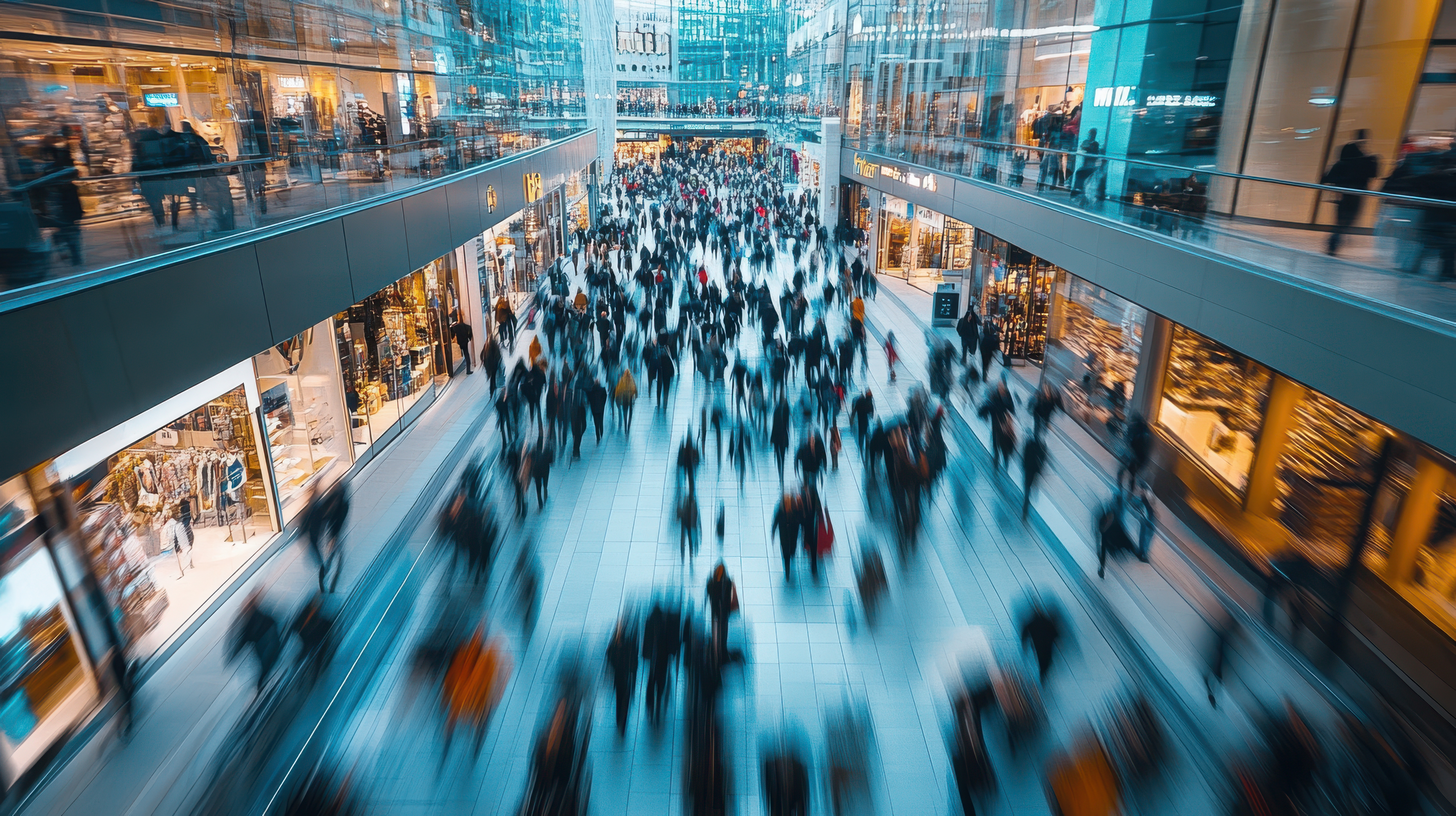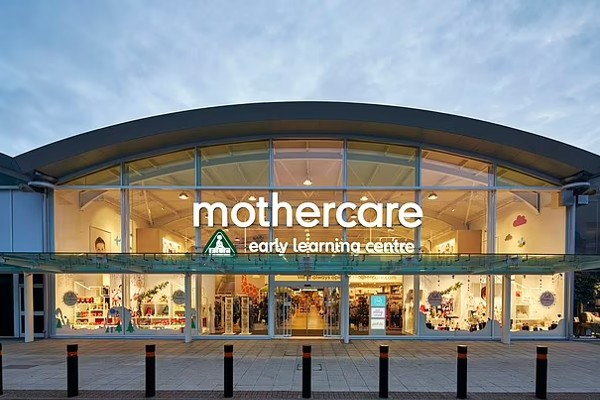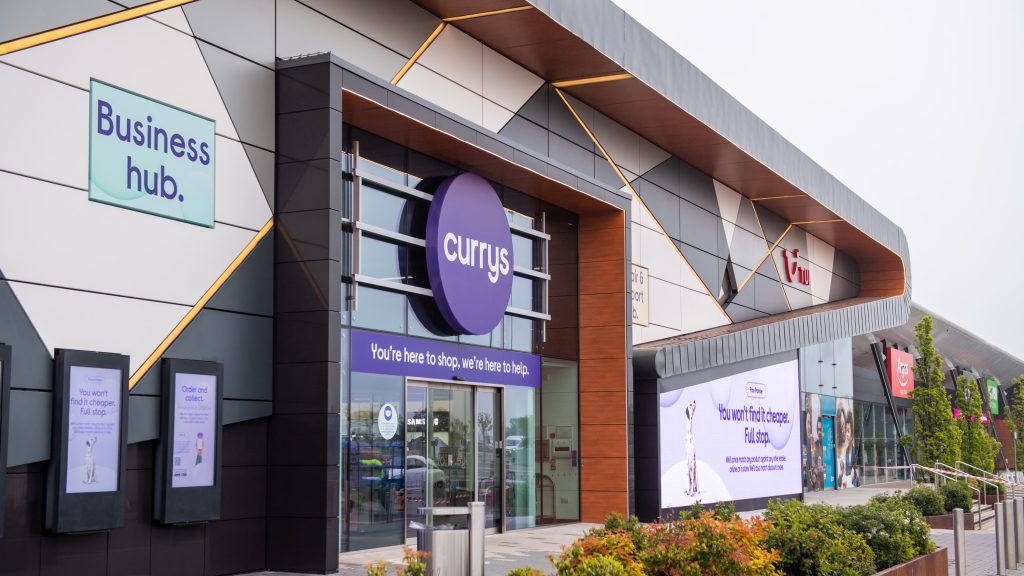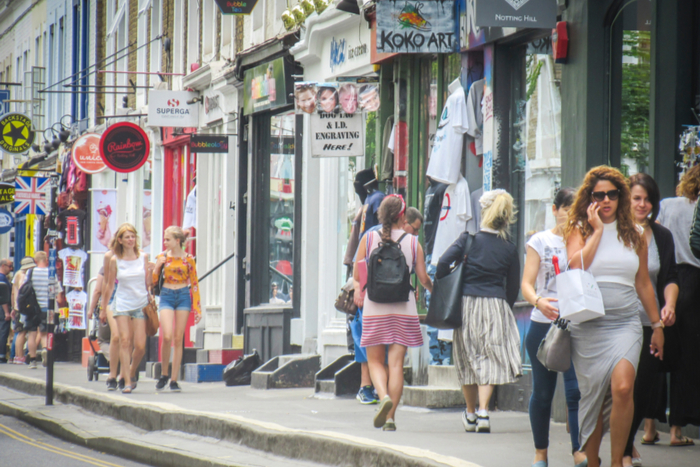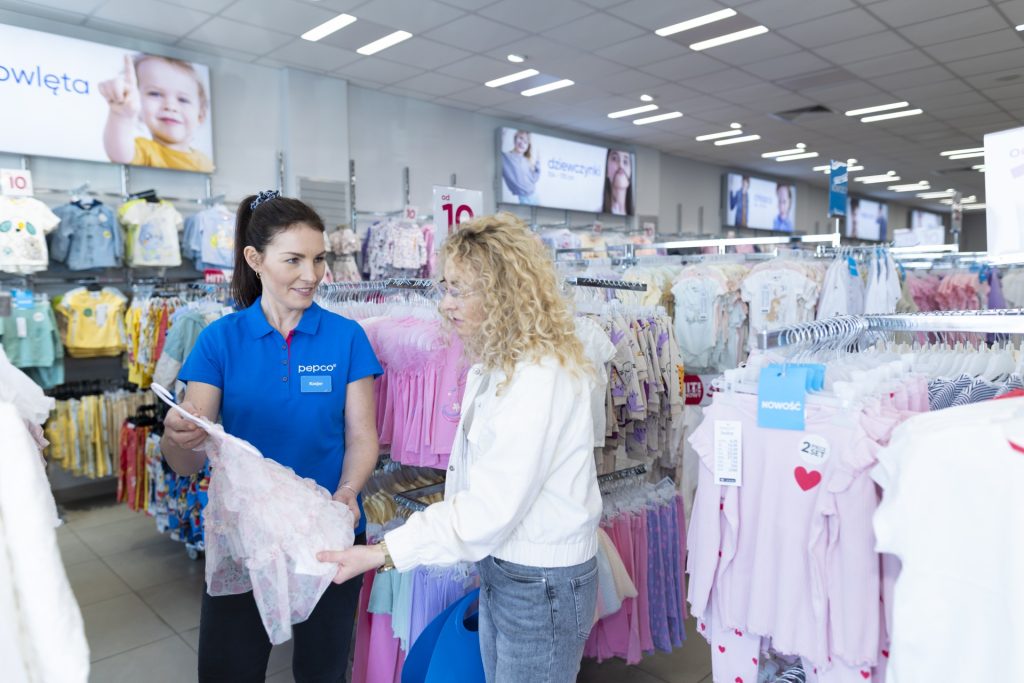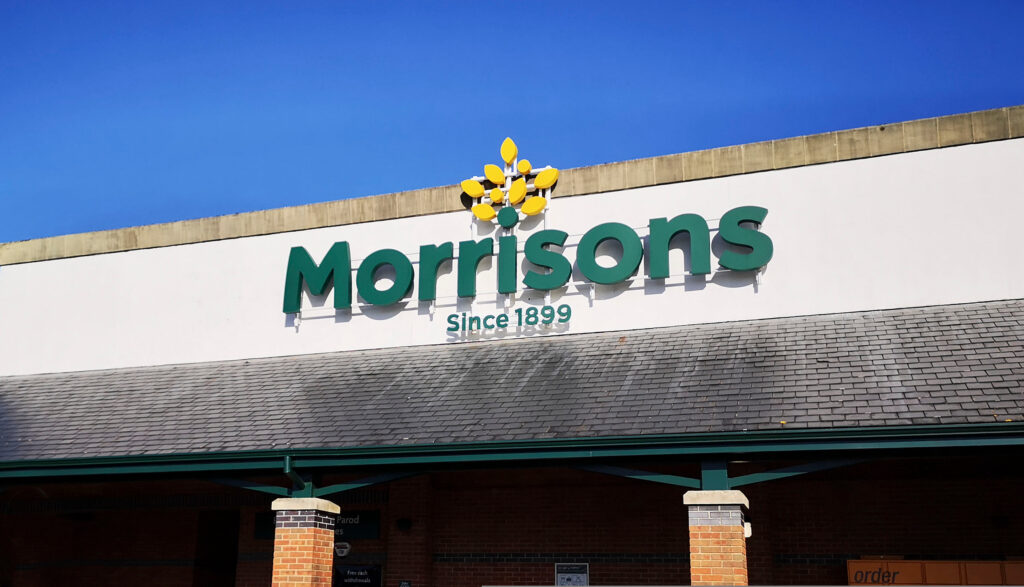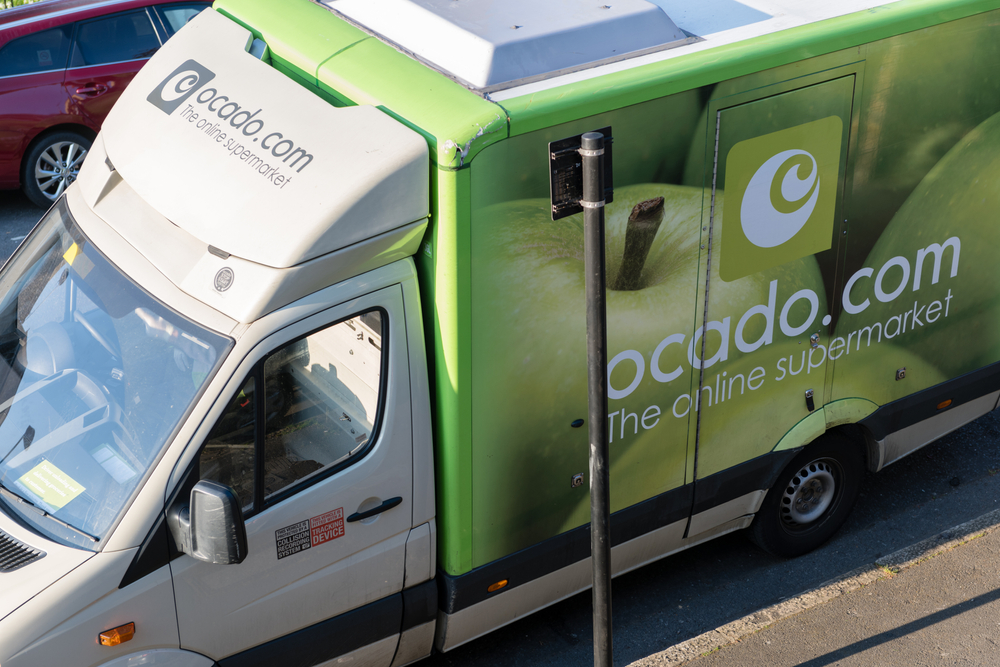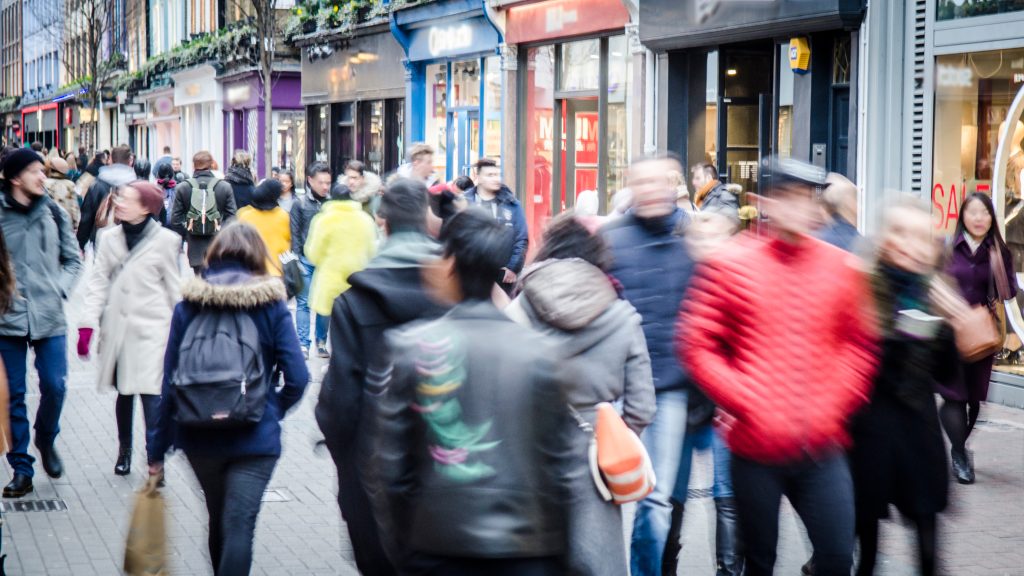There has been a lot of talk in the media recently about the poor health of the high street. Store footfall is down and our Ipsos Retail Performance Retail Traffic Index figures have become the worst on record.
Many observers fear the arrival of the digital age and that it is sounding the death knell for the physical store.
I would argue that digital technology is a catalyst for the re-invention of the store, but it‘s not a given.
In the current and somewhat dire economic climate, retailers are tempted to cut costs by delaying refits, shrinking staff numbers, reducing stock, curbing training programmes and sacrificing service levels.
Going down this route, they risk losing their differentiators and instead encourage shoppers to focus on price and convenience, which plays into the hands of online retailing and will, if anything, accelerate the demise of the store.
There is no doubt that we are in a multi-channel environment and need to take a fresh look at the role of the physical store.
Bricks and mortar stores still have much to offer. They remain the most important physical touch point in shopping. However, the role of the store needs to change. Simply transacting is not enough.
In stores you have the irreplaceable ability to touch, smell, feel, inspect, try on and interact with the physical product; to gauge the height of a lamp, the texture of a suit‘s fabric, the clunk of a car door shutting.
We know through our research at Ipsos that accessibility and interaction is a highly valued part of a customer‘s in-store experience. We have all fallen for the tasters at the cheese counter and the location of the tactile cashmere jumper at the store entrance.
Deciding to make a purchase can also be exciting. Customers want instant gratification. Having to wait for delivery for even one day on the back of an online order detracts from the exhilaration.
Accurate and intelligent stock management will become vital to the ‘store of the future‘. Accuracy is critical because customers can – and often do – check availability before visiting a branch. Their trip is wasted if the product is unavailable and their disappointment counts against the retailer.
By the time a customer enters a store, there is a good chance they have completed some online research about the product they want. They may have completed a product and brand search, found stockists, made some price comparisons and checked out user feedback and ratings. It is not sufficient therefore for staff in the store of the future to have sound technical training.
Savvy customers have come to expect more.
The occasion provides the opportunity for the store team to build relationships and trust with customers, responding to a customer‘s own thinking. This role is a far cry from a ‘flog it and scarper‘ mentality and much more of a full CRM function.
Also, the digital age provides shoppers with greater product choice, but greater choice has a downside. In a recent Deloitte survey, only nine of respondents said they wanted to see the retailer‘s full range of products when they visit a store.
So equipping stores with edited ranges tailored to the local catchment and clientele is another means of adding value to a store.
The aspect of the ‘store of the future‘ that gets the most airtime is when it becomes as much an entertainment hub as a place to view and buy; there to build brand presence and value. Brands such as Nike have built flagship stores of this type for a long time, but the concept now has more resonance in the multi-channel era.
Not all stores of the future will be as theatrical and extreme, but making physical stores into something more than just a place to sell goods is part of the future.
Nike Town continues to develop this concept, for example, setting up a running club from its stores – extending the value-ads c


